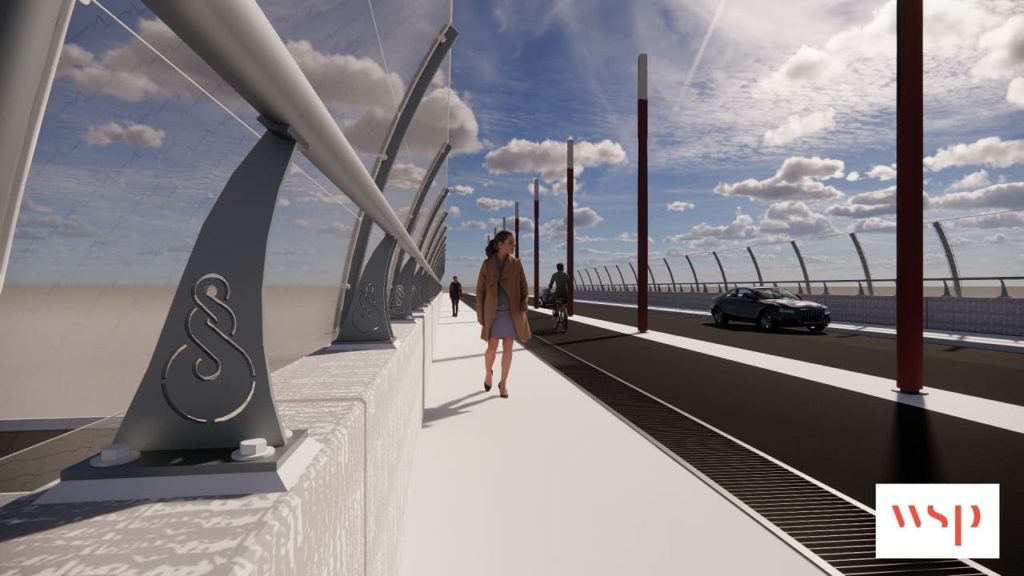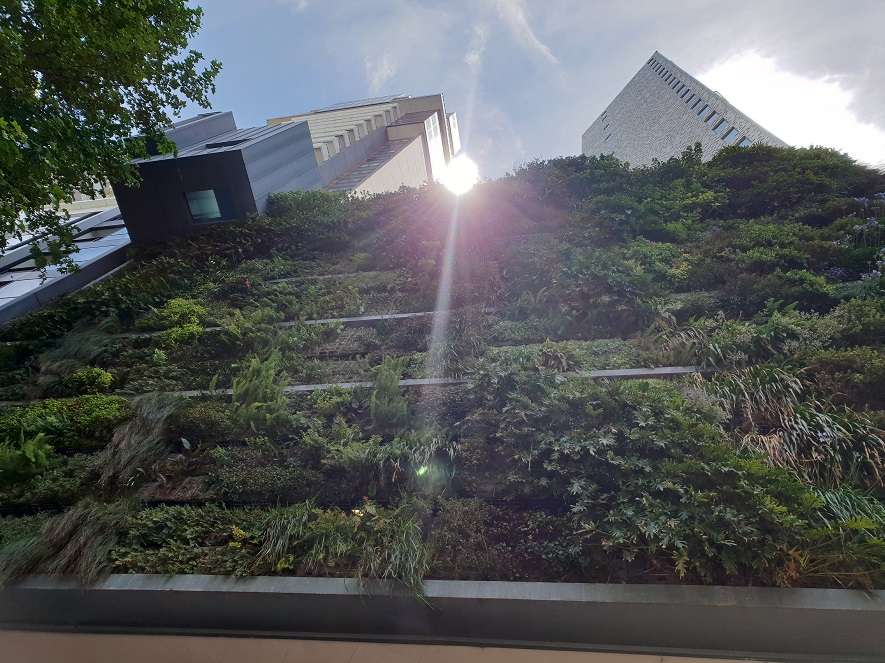From Concept to Reality: How Architectural Rigging is Changing the Face of Modern Architecture
In the world of architecture, innovation and creativity are key to producing masterpieces that stand the test of time.
One of the most recent advancements in this field is the use of architectural rigging. This technique involves the use of cables, ropes, and other tension systems to support and shape buildings in unique and visually stunning ways.
From creating cantilevered structures to designing intricate facades, architectural rigging is revolutionising the way we think about modern architecture.
In this post, we will explore the process of going from concept to reality with architectural rigging, and how it is changing the face of modern architecture.
The history of architectural rigging
Architectural rigging has been around for centuries, but it is only in recent years that it has gained prominence in modern architecture.
The origins of this technique can be traced back to the ancient Greeks, who used ropes and cables to build their iconic temples. In the 19th century, the invention of steel cables and wire ropes allowed for the creation of more complex structures, such as suspension bridges and high-rise buildings.
However, it was not until the 20th century that architectural rigging began to be used as a design element in its own right.
The work of engineers such as Frei Otto and Buckminster Fuller paved the way for the design of innovative structures using tension systems. Today, architectural rigging has become a popular technique for creating visually striking and structurally sound buildings.
Benefits of using architectural rigging
Architectural rigging offers a number of benefits over traditional building methods. Firstly, it allows for the creation of structures that are more lightweight and flexible than those made from solid materials. This is because the tension systems used in architectural rigging are able to support the weight of the building without the need for additional support columns or walls.

In addition, architectural rigging allows for greater design freedom, as it is possible to create complex shapes and forms that would be difficult or impossible to achieve with traditional building techniques. This makes it an ideal choice for creating unique and visually striking buildings that stand out from the crowd.
Finally, architectural rigging can also be more sustainable than traditional building methods. By using lightweight materials and reducing the need for additional support structures, it is possible to reduce the overall environmental impact of a building.
Examples of architectural rigging in modern architecture
There are many examples of architectural rigging being used in modern architecture. One of the most iconic is the Sydney Opera House, which features a series of tensioned concrete shells that create its distinctive shape.
Another example is the CCTV Headquarters in Beijing, which uses a steel exoskeleton to create its unique form.
Other examples of architectural rigging in modern architecture include the Burj Khalifa in Dubai, which features a series of cables that support its spire, and the Kiefer Technic Showroom in Germany, which uses a network of steel cables to create a dynamic and fluid structure.

Here in New Zealand, SRS has worked on a number of architectural rigging projects, helping to bring exciting concepts to life.
From the functional to the fabulous, our team of expert riggers, with over 25 years of rigging experience in the marine and architectural sectors, have worked on projects throughout New Zealand including the recent Auckland Zoo Tiger Habitat, Westhaven Marina, and Kirkbride Intersection bridge.
Modern techniques in architectural rigging are also helping to take mundane structures such as bridges and turn them into creative masterpieces. Read our recent post about the future of bridge design and civil engineering to learn more.
The role of technology in architectural rigging
Technology has played a key role in the development of architectural rigging. Computer-aided design (CAD) software allows architects and engineers to create complex shapes and forms with a high degree of accuracy, while simulation software can be used to test the structural integrity of a design before it is built.
In addition, advances in materials science have allowed for the development of new materials that are stronger and more durable than ever before. This has allowed for the creation of tension systems that are able to support increasingly large and complex structures.
Factors to consider when using architectural rigging
There are several factors that need to be considered when using architectural rigging. Firstly, the location and environment of the building must be taken into account. For example, buildings in earthquake-prone areas may require additional support structures to ensure their stability.
In addition, the materials used in the tension system must be carefully selected to ensure they are strong enough to support the weight of the building. The design of the structure must also be carefully considered to ensure it is both visually appealing and structurally sound.
Choosing the right architectural rigging system
Choosing the right architectural rigging system is crucial to the success of a project. There are several factors that need to be considered when selecting a system, including the size and shape of the building, the materials used, and the budget for the project.
It is also important to work with experienced engineers and contractors who have a thorough understanding of architectural rigging and can ensure the project is completed safely and to a high standard.
The impact of architectural rigging on sustainability
Architectural rigging has the potential to be more sustainable than traditional building methods. By using lightweight materials and reducing the need for additional support structures, it is possible to reduce the overall environmental impact of a building.
In addition, the use of tension systems can allow for greater natural ventilation and daylighting, which can reduce the energy consumption of a building. However, it is important to ensure that the materials used in the tension system are themselves sustainable and have a low environmental impact.
Future trends in architectural rigging

As technology continues to advance and new materials become available, it is likely that we will see even more innovative uses of architectural rigging in the future. One trend that is already emerging is the use of tension systems to create green roofs and living walls, which can help to improve the sustainability of a building.
Another trend is the use of tension systems to create movable structures, such as retractable roofs and walls. This can allow for greater flexibility in the use of a building and can enhance the user experience.
Summary
Architectural rigging is a fascinating and innovative technique that is changing the face of modern architecture. By using tension systems to create lightweight and visually striking structures, architects and engineers are able to push the boundaries of what is possible in building design.
However, it is important to remember that architectural rigging is not without its challenges. Careful consideration must be given to the design, materials, and environment of a building in order to ensure its safety and structural integrity.
As technology continues to advance and new materials become available, it is likely that we will see even more exciting and innovative uses of architectural rigging in the future. Whether it is creating green roofs, movable structures, or even entire cities, the possibilities of architectural rigging are truly limitless.
